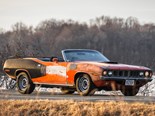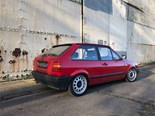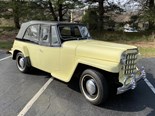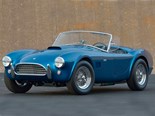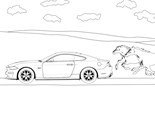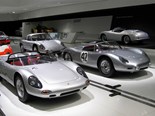100 Years of Mazda



|
The start of 2020 marked the big centenary for the innovative Hiroshima brand
From humble beginnings as a Hiroshima cork producer to the maker of the MX-5, the world’s biggest selling roadster, January 30, 2020 saw Mazda celebrate its century.
Mazda’s first passenger car the R360 arrived in 1960 just as Japan’s economic boom commenced with the warmly public embracing car ownership. The Mazda R360 ‘Kei Car’ micro car was a huge success capturing 65 per cent share of the segment, which itself accounted for 15 per cent of the entire Japanese car market.
By 1963 Mazda’s cumulative global production reached one million vehicles and by 1972 it was five million units.
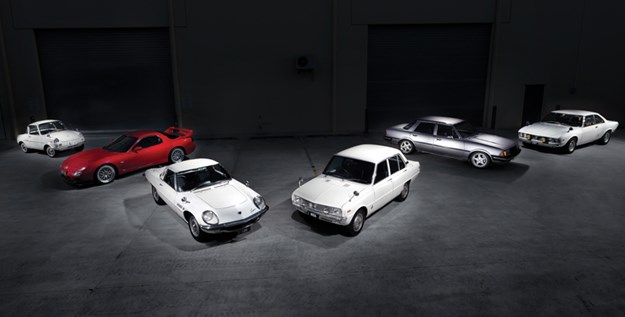
Sales grew rapidly through the 70s and 80s with rotary powered models like the RX-2, RX-3 and RX-7 in demand with enthusiasts globally.
But it was the launch of the Mazda MX-5 at the Chicago Motorshow in late 1989 that best defines the brand.
Since its introduction 31 years ago the MX-5 has claimed countless sales records around the world. Significantly the MX-5 roadster succeeded in a segment many other manufacturers had abandoned as being too difficult.

Mazda’s concept of an affordable rear-wheel drive sportscar, inspired by the classic British roadsters of previous decades remains a strong seller around the world and has been recognised by the Guinness World Record body as the world’s best-selling two-seater roadster.
By 2016 one million MX-5s had rolled off the assembly line at Mazda’s Hiroshima plant.
Mazda’s development of the rotary engine set it apart from the rest of the rest of the automotive industry.
Launched in 1967, the Mazda Cosmo was the firm’s first production rotary engined car and by 1986 total Mazda production of rotary powered vehicles had reached 1.5 million.
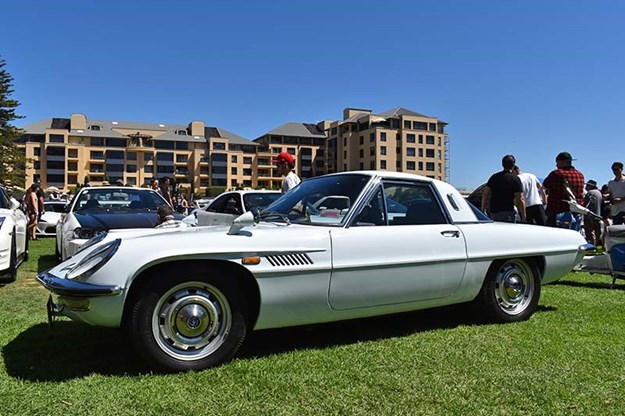
Mazda’s famous rotary also helped the Japanese firm to a raft of speed and competition records: from powering a Mazda RX-7 that became the first Japanese car to win the Spa 24 Hour Race in 1981 to achieving more than 100 class victories in IMSA sportscar racing in the US, the rotary engine captured records, even before it’s most famous achievement; when the Mazda 787B of Johnny Herbert, Volker Weidler and Betrand Gachot took victory in the 1991 Le Mans 24 Hour race, making Mazda the first Japanese manufacturer to win the world’s most famous endurance race.
READ NEXT: 1971-1978 MAZDA RX-3 BUYER'S GUIDE
A Mazda RX-7 claimed another record in 1986 when an RX-7 set a Bonneville Salt Flats Speed Trial record of 383 km/h – breaking the SCTA’s Grand Touring Class record, while in 1995 a modified third-generation RX-7 broke another land speed record at Bonneville, managing 389km/h.
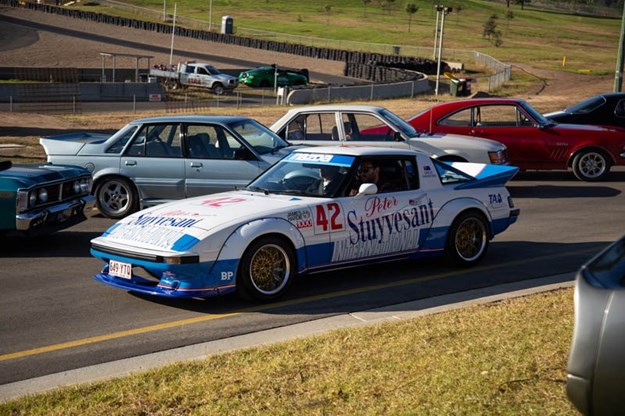
The Mazda RX-7 was a winner on Australian racetracks with Allan Moffat driving his Peter Stuyvesant backed car to his fourth and final Australian Touring Car Championship in 1983 and four consecutive top-six finishes at Bathurst between 1981 and 1984 including a second in 1983 and 3rd in 1984. He and the Mazda RX-7 also won the 1982 and 1984 Australian Endurance Championships.
In 2004 the RX-8 set 40 international FIA records on the high-speed oval at the Papenburg automotive testing facility in northwest Germany, even more impressively unlike the modified Bonneville cars, the RX-8 records where achieved by production cars.
By 2018 another production milestone was reached with the 50 millionth Japanese-built Mazda.
Classic Australian Family Car Value Guide home page
Muscle Car Value Guide home page
Japanese Classic Car Value Guide home page
Unique Cars magazine Value Guides
Sell your car for free right here
Get your monthly fix of news, reviews and stories on the greatest cars and minds in the automotive world.
Subscribe

.jpg)







.jpeg)


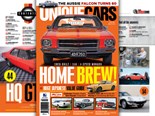

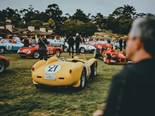

.jpg)

